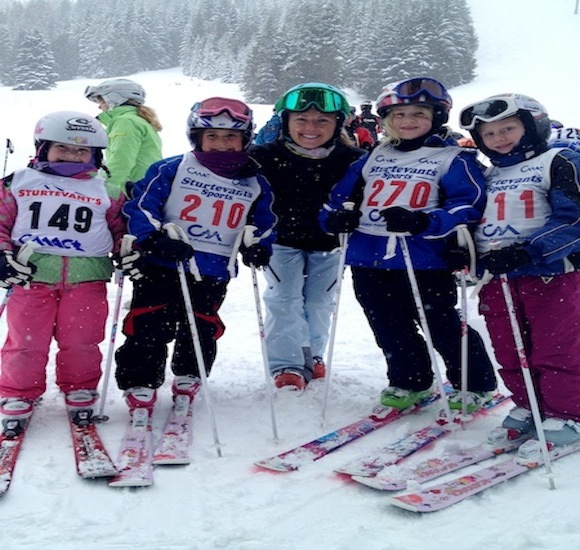USSA Sport Education Coaches Tip of the Week: June 11 2013

Each week the USSA Sport Education Department will post a Coaches Tip of the Week. The information will rotate through the ski and snowboard disciplines so check back each week to see the newest tip!
Coaching the Whole Athlete: The CAP Model
Part 2: Affective Development
{This is an excerpt taken from the 2013 Spring Alpine Coaches Academy presentation by Stacey Gerrish}
This will be a three part series focusing on one area of development each week.
Coaches need to satisfy the affective or emotional needs to connect with their athletes and to enhance their motivation level. Affective development includes how individuals feel about themselves and their interactions with others. Self-identity is largely shaped by social interactions. In addition, the development of moral values is closely tied to the development of self-identity.
There are several affective traits and indicators of a child's needs. Some of these include:
• Internal beliefs and values (intrapersonal)
• Teamwork and sportsmanship (interpersonal)
• Identity and self-esteem
• Humor
• Play, rules and competition (social interaction)
• Moral values
Affective development progresses as an athlete develops and grows. Children have a wonderful ability to find humor in things most adults don't view as funny at all. If presented with information in a fun, creative way, and then encouraged to demonstrate their understanding in a light-hearted manner, the child is more likely to retain the concept and be receptive to more of the same.
Coaches behaviors influence learning and performance in their athletes. It is important for coaches to make an effort to understand how their athletes think and feel about themselves, others and the world. Coaches should carefully introduce competition and play in training sessions. Be careful to use humor and not sarcasm. Sarcasm can be devastating and may ruin the experience for the athlete.
Play, rules and competition
Play is fun and critical to the learning process. Between the ages of seven and eleven, athletes become interested in results as well as participation. At this age range, drills and tasks have better results if structured in a game format and involve everyone all the time. Drills should be focused on a common goal. Outcomes and rules can be externally motivating when the desire is to please others in the group. After the age of 12, competition is a way to evaluate self-improvement and will enhance intrinsic motivation. Athletes over the age of 12 are able to notice self-improvement and recognize feelings of success.
Peer Pressure
Moral values are closely tied to self-identity. After the age of 12, peer pressure plays a big role in behavior. Good and bad are determined by socially agreed upon standards. Kids are searching for the identity and acceptance that comes from the group. The challenge with this age group is to maintain group dynamics. As children mature, their morals shift from pleasing others to what is valued by self.
Creating the environment for affective growth
The affective or social-emotional environment helps enhance children's positive feelings about themselves and can inspire them. It is crucial to the learning process for coaches to create a positive environment for growth. Emotion drives attention which in turn drives learning and memory.
Check back next week for Part 3 of the CAP Model, physical development.
Missed Part 1? Check it out here.
